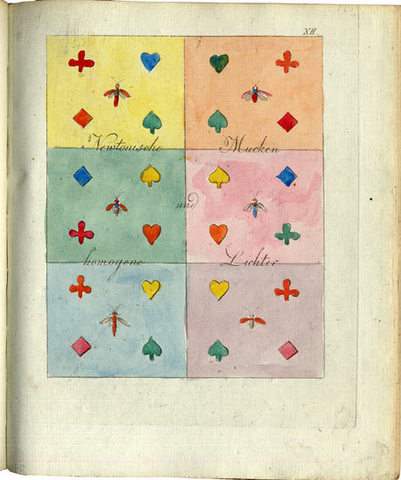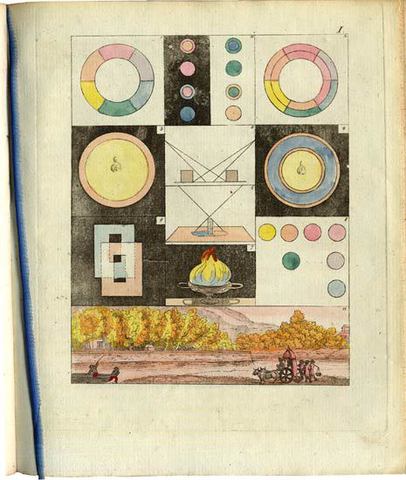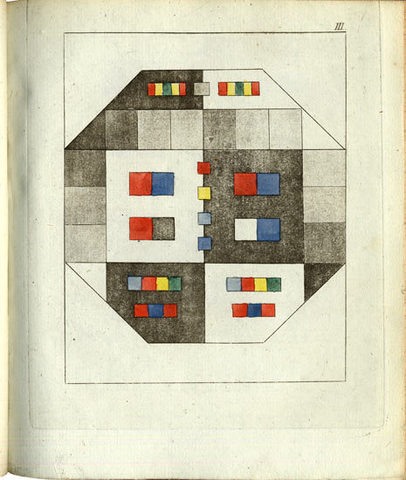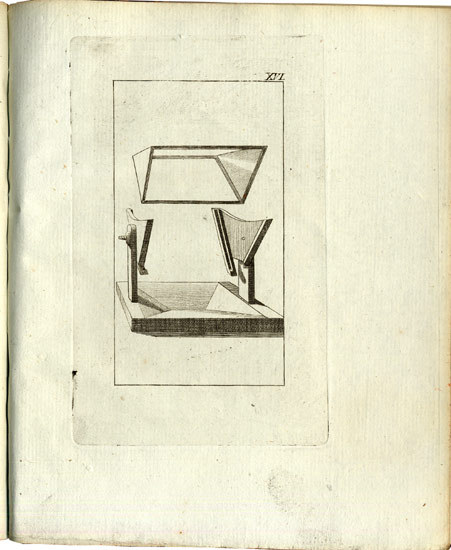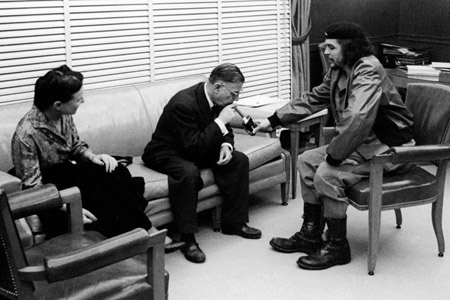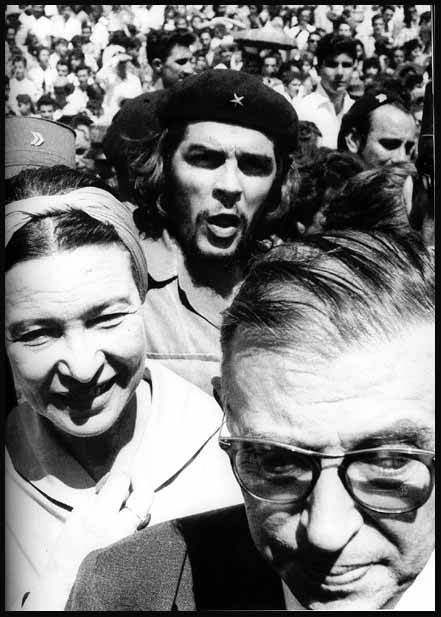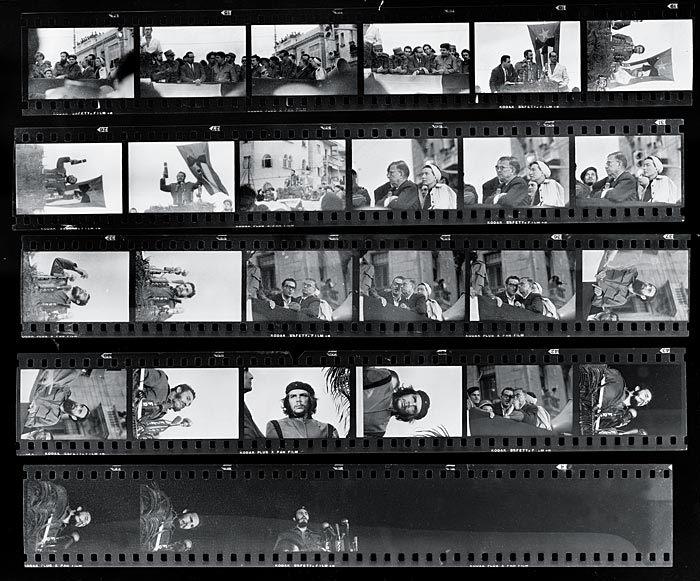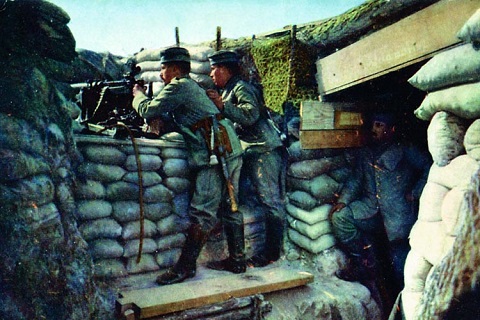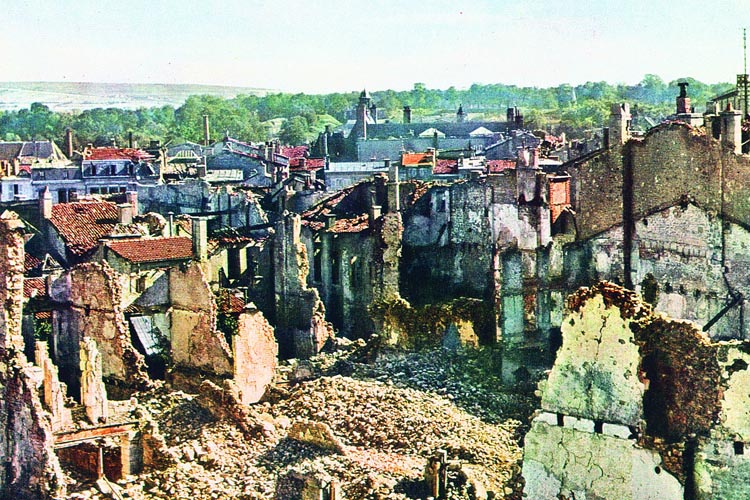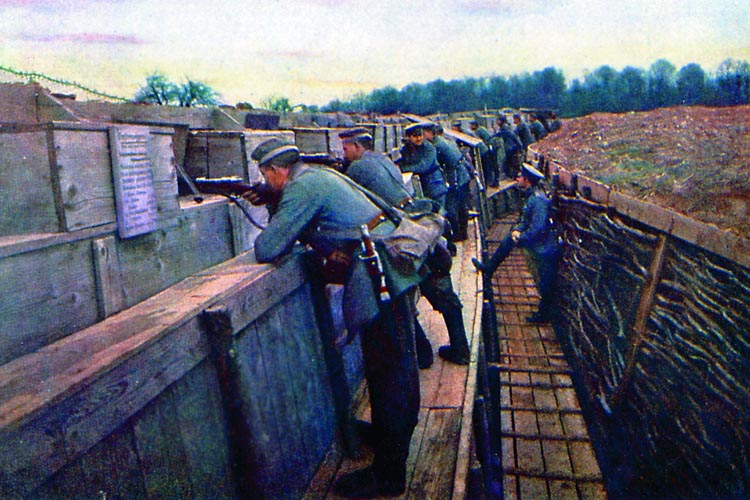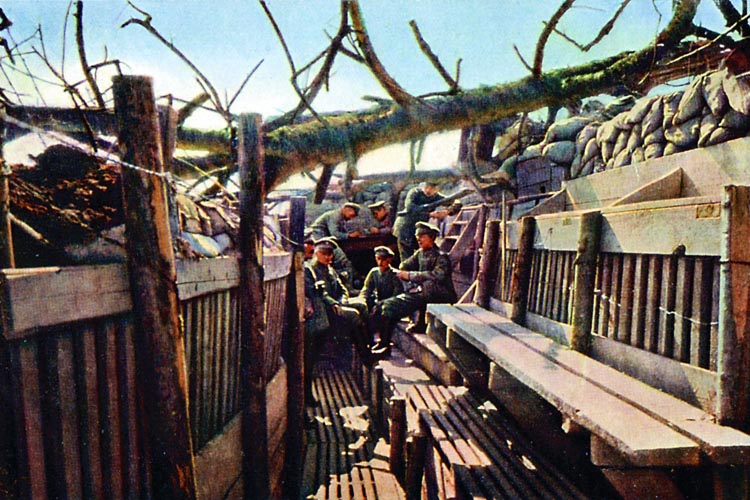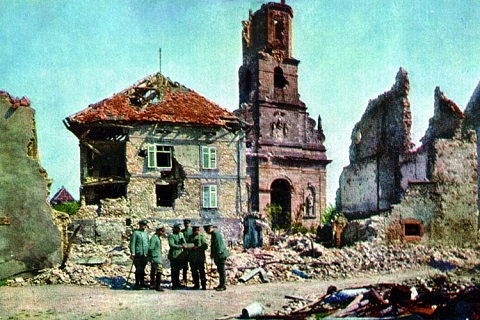I am currently editing a manuscript of mine. I have never been good at editing my own writing, ever, as you can probably tell from all of the typos, sentence fragments, and run-ons in my blog posts. I enjoy vomiting words and then hitting publish, just because I don’t want to edit them. It brings me absolutely no joy.
Of course, as the stakes get higher, I want my writing to not just be good enough, but potentially great. Or maybe I’m just getting older, I don’t know.
So I did what I have always done: I started to buy books. I picked up Self-Editing for Fiction Writers, which I hated, and then Developmental Editing: A Handbook for Freelancers, Authors, and Publishers which is proving to be a much better resource. I also bought What Editors Do: The Art, Craft, and Business of Book Editing and it was really interesting to read about what various editors do in their roles.
I am reading these books at the same time that I am reading books about writing. Those books were soul-affirming, celebrating the art and craft and joy of writing. Where are the soul-affirming books about editing? Do they exist? The one exception has been some talk about editing and revising in Thunder and Lightning by Natalie Goldberg, but other than that, nothing.
I took my lamentations to Twitter, because is me, and Margy Thomas reached out to me about a book she is currently writing about exactly that topic, as well as a series of free videos on editing for #AcWriMo, called a kinder, gentler approach to editing:
This Academic Writing Month, November 2018, I’m trying something new. Every day throughout #AcWriMo, I’m going to release a short video with a reflection question that I’m using in my writing practice that day. If these questions resonate with you, you’re invited to use them in your own practice throughout the month too, in whatever way you find most useful.
[…]
Unlike other approaches to #AcWriMo, this exercise is not about pursuing quantitative goals that revolve around word quotas, time logs, and submission deadlines. Instead, we are pursuing an intention: we aim to make the kind of deep conceptual progress that is hard to measure (and hard to brag about on Twitter) but indispensable to producing writing that will ultimately be powerful and compelling for the reader.
I am REALLY looking forward to this series as I gear up to write (and edit) in November.
